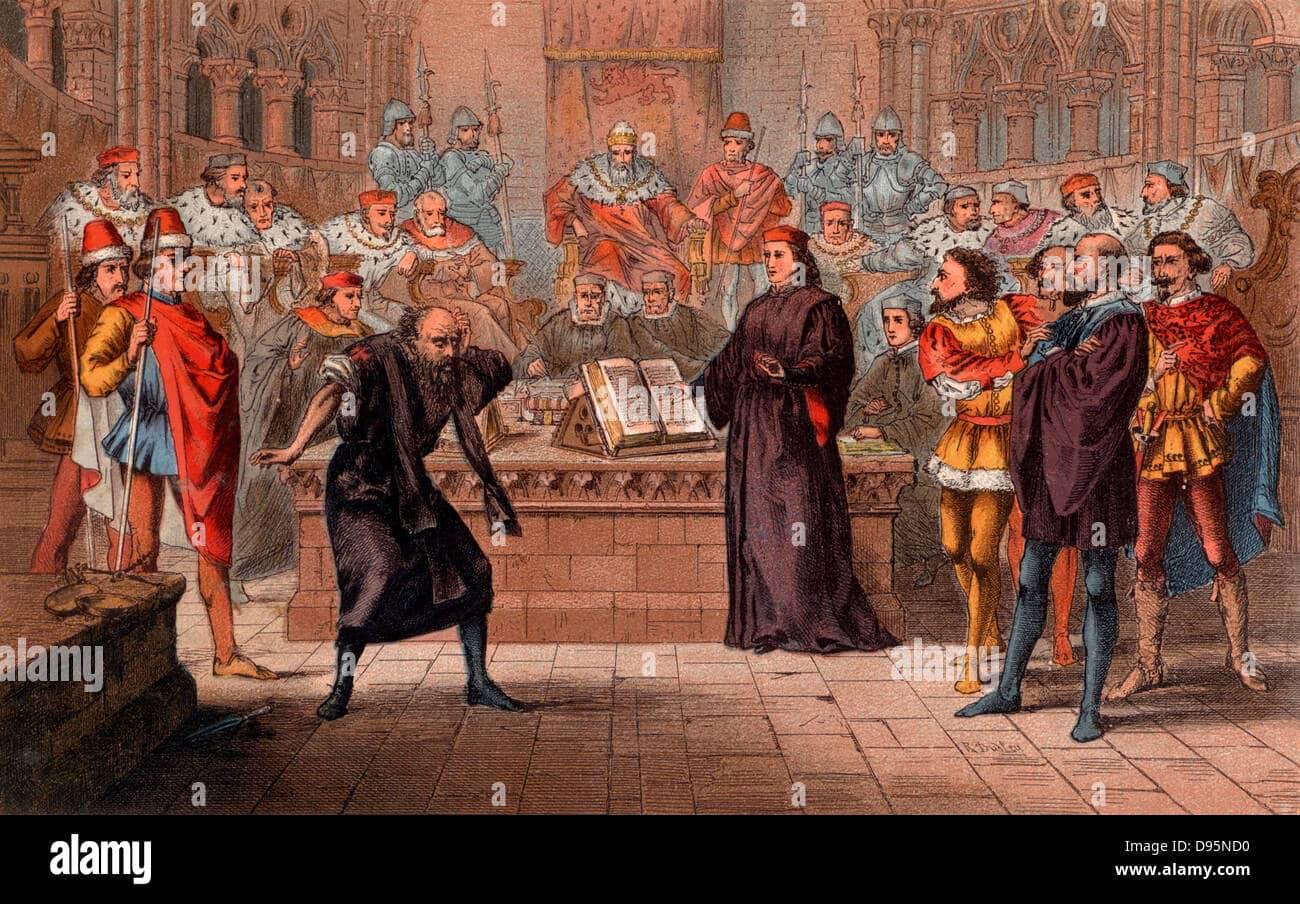The Carpenter’s Ladder
The town of Betharia was known for its craft—especially the fine woodwork of its aging carpenter, Thomas. For decades, he was renowned for making strong, beautiful ladders. Everyone in the village had one, and some even had more than they needed.
People often asked Thomas, “What is the secret behind your ladders?”
He would smile and say, “Each rung must rest in silence before it can carry weight.”
No one quite understood what he meant. But his ladders lasted generations.
Thomas worked quietly. He rarely joined the marketplace chatter. He refused large orders from nearby cities. “One ladder at a time,” he’d say, even when offered gold beyond measure.
One afternoon, a scholar from the capital city came to visit him. “Master Thomas,” he said, “I study sacred texts and spiritual laws. But I feel further from peace than ever. My life is full, yet empty.”
Thomas looked up from his sanding. “Have you ever built a ladder?”
“No,” the scholar laughed. “Why would I? I hire others for that.”
“Then today, you’ll make one.”
Before the scholar could protest, Thomas handed him a block of wood and led him to the back of his workshop.
At first, the scholar grew impatient. He thought this was a waste of time. The work was slow. He was clumsy. He resented the silence.
But Thomas insisted: no talking, just working.
An hour passed. Then another.
By evening, the scholar sat back, surprised. In front of him was a half-finished ladder. His hands were raw, but his heart felt oddly… light.
“Why do I feel different?” he asked.
Thomas placed his hand on the wood and said, “Because for once, you stopped climbing. You learned to be present to what’s in front of you.”
The scholar sat in silence, the wood dust softening his robes. For the first time in years, he didn’t feel the need to achieve, prove, or finish anything.
Commentary
In Christian spirituality, the carpenter is a powerful archetype. Jesus himself was one. This story reclaims that image—not as someone who builds empires, but as someone who builds with awareness. Thomas teaches that even ordinary tasks, when approached with reverence, become pathways to stillness.
The “ladder” becomes symbolic. Most of us live climbing—from status to knowledge to validation. But ironically, a ladder isn’t for endless ascent. Its purpose is to connect. And connection begins with presence.
Thomas doesn’t preach theology. He models sacred rhythm: slowness, craftsmanship, and discernment. In this way, his workshop becomes a monastery.
Psychological Reflection
The scholar represents the over-active mind—the “false self” built on performance and control. Many modern individuals (especially in Western societies) live in constant pursuit of “more”: achievement, security, recognition. Yet this external drive often masks an inner emptiness.
Busyness functions as a defense—shielding us from deeper truths, buried grief, or unmet longings. When we slow down, those suppressed emotions begin to surface. That’s why many resist stillness. But, as Thomas shows, silence is not absence—it’s the space where true presence emerges.
Closing Reflection
- What would happen if I stopped climbing today?
- Can I give myself permission to pause, even for a few moments, and simply be with what is in front of me?
Pause & Reflect
- What am I building so fast that I’ve forgotten to be with the moment? (10 seconds of silence)



